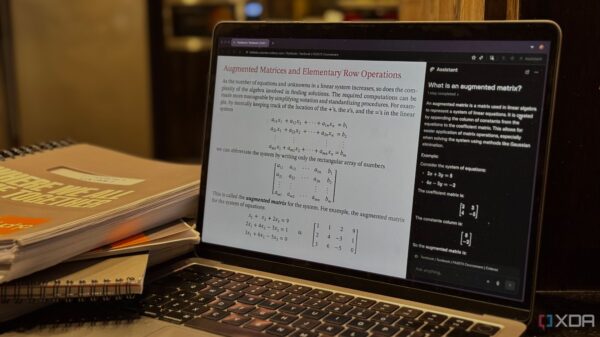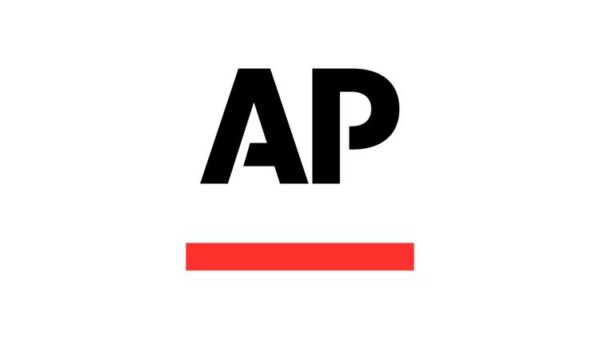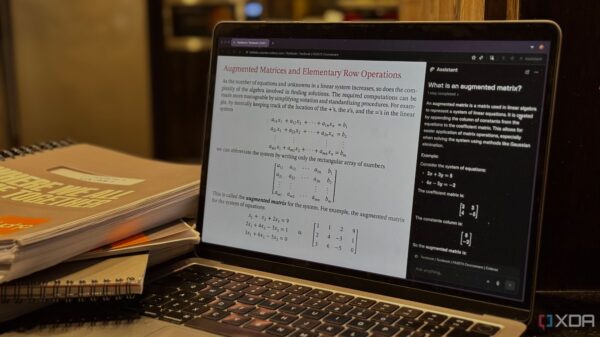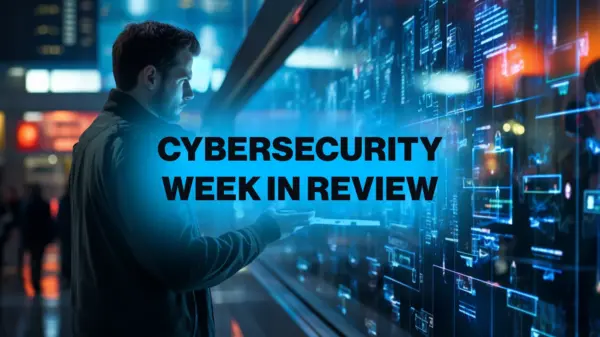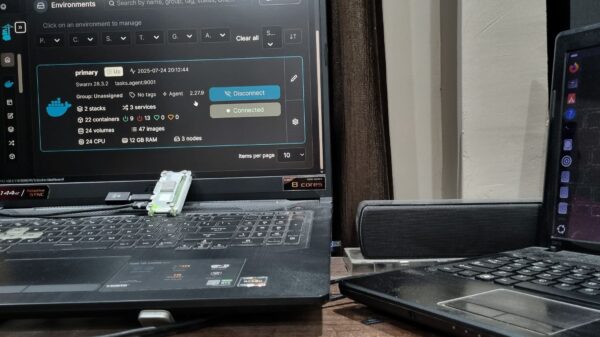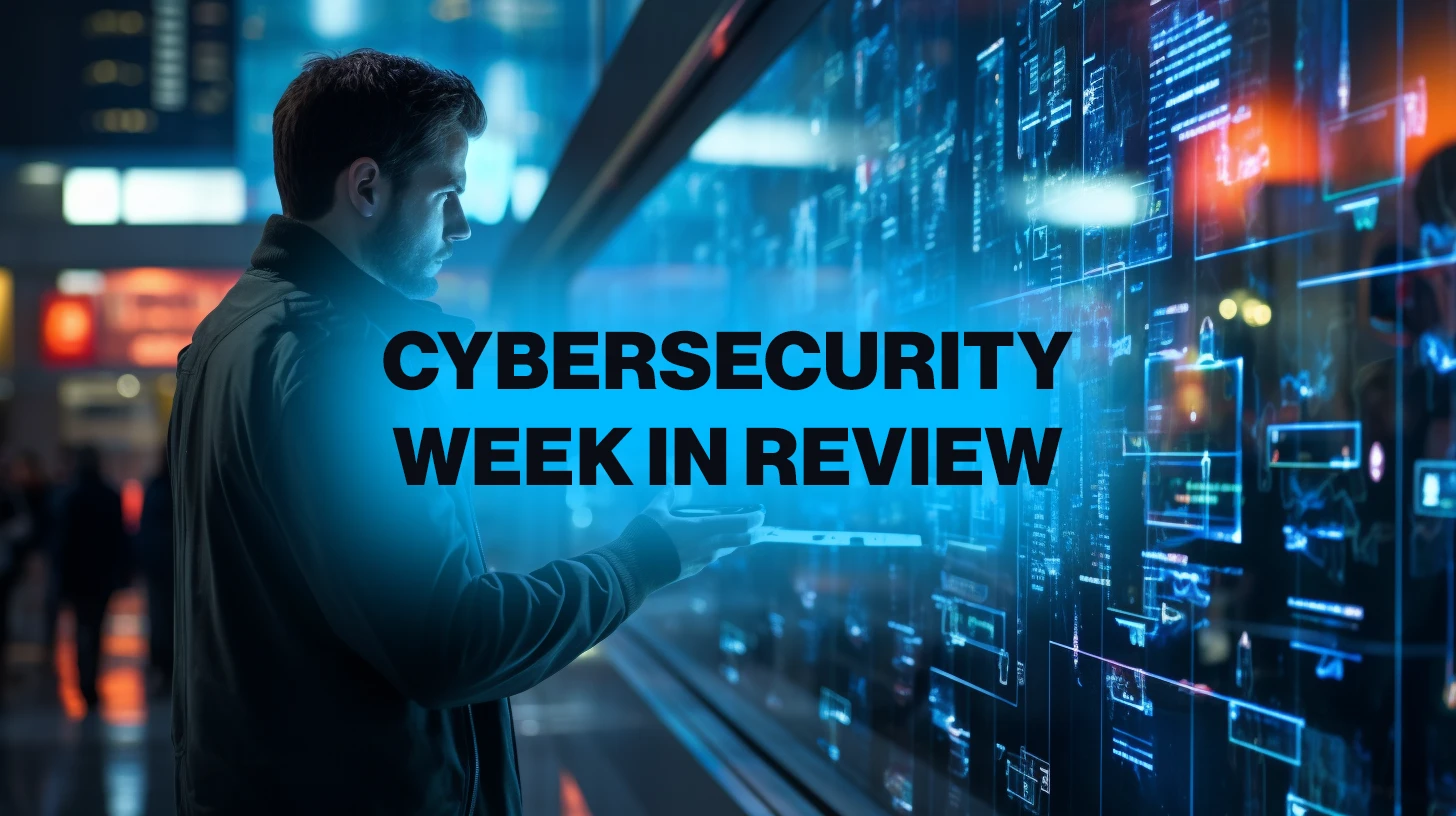Last week saw significant developments in the cybersecurity landscape, including the discovery of vulnerabilities and legislative efforts aimed at enhancing digital security. Notably, a critical Windows kernel flaw was patched by Microsoft, while a suspected zero-day vulnerability in Fortinet FortiWeb was reportedly exploited by attackers.
Key Vulnerabilities and Patches
On November 14, 2025, Microsoft addressed over 60 vulnerabilities during its Patch Tuesday, including the actively exploited Windows kernel vulnerability identified as CVE-2025-62215. This patch aims to fortify systems against potential attacks, reflecting ongoing concerns about the security of widely used software.
In another alarming report, Mandiant disclosed that attackers had exploited a vulnerability, CVE-2025-12480, in the Gladinet Triofox secure file-sharing platform. This incident underscores the persistent threat posed by unpatched vulnerabilities in widely used applications.
Meanwhile, the Cybersecurity and Infrastructure Security Agency (CISA) has added CVE-2025-21042, a vulnerability affecting Samsung mobile devices, to its Known Exploited Vulnerabilities catalog. CISA has mandated that federal civilian agencies resolve this issue by early December.
Legislative Developments and Industry Insights
In the United Kingdom, the government has introduced the Cyber Security and Resilience Bill, aimed at strengthening the digital defenses of essential public services. This legislation seeks to update the existing Network and Information Systems (NIS) Regulations 2018, enhancing the nation’s ability to protect against cyber threats.
In interviews with Help Net Security, several cybersecurity leaders shared insights on navigating the evolving landscape. Andrea Succi, Group CISO at Ferrari Group, highlighted the importance of integrating cybersecurity into logistics, asserting that data protection is as crucial as securing physical assets. He emphasized that a layered defense approach, along with awareness and collaboration, is vital for maintaining client trust and operational consistency.
Chris Wheeler, CISO at Resilience, discussed how Chief Information Security Officers (CISOs) are adapting to changing budgetary pressures. While overall cybersecurity spending is on the rise, he noted that many organizations are reallocating funds to better align with pressing needs, moving towards a framework that connects cybersecurity strategies with broader business objectives.
Paul J. Mocarski, VP & CISO at Sammons Financial Group, addressed the necessity of ongoing threat assessments and the role of AI-driven automation in maintaining cybersecurity readiness. His remarks reflect a growing trend within the insurance sector to adapt cybersecurity strategies in response to evolving threats.
Cameron Kracke, CISO at Prime Therapeutics, described the complexities of achieving cohesive security visibility in the healthcare ecosystem. The integration of hospitals, clinics, telehealth, and cloud partners presents significant challenges, but he noted that interoperability and strategic investment can enhance resilience across this critical sector.
As organizations grapple with these vulnerabilities, the industry continues to face new challenges, including the rise of shadow AI. This phenomenon refers to the unsanctioned use of AI tools, which poses significant risks as employees experiment with ungoverned technology. Security experts warn that this trend could compromise organizational control over AI applications.
The week concluded with insights into the increasing pressures faced by cybersecurity leaders. A report from Nagomi Security revealed that many CISOs are experiencing burnout due to continuous incident management and growing expectations from boards, raising concerns about the sustainability of current cybersecurity practices.
As the cybersecurity landscape continues to evolve, the importance of robust defenses and strategic foresight remains paramount. The developments from last week highlight the relentless nature of cyber threats and the imperative for organizations to prioritize security measures.



